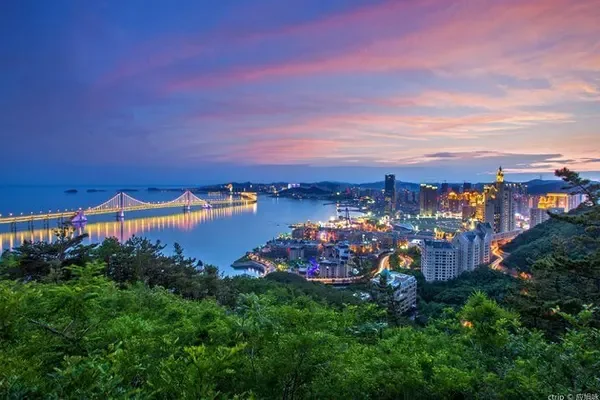introduce
The ancient city is about 7 kilometers northeast of Kuqa, Xinjiang, on the Gobi Highland named Mingtian Ada between the Wuqia River and the Isubash River. The main existing relics of the city began around the Tang Dynasty and continued to the Uighur period.
The city has two layers, inside and outside. The inner city is rectangular, about 150 meters from east to west, and about 72 meters from north to south. The city wall was rammed. Two rammed earth foundations remain in the city, and 17 rammed earth foundations are scattered outside the southwest wall of the inner city, some of which are the foundations of pagodas or temples. Only the north wall and the east wall of the outer city remain, which are made of adobe. The remnant length of the sword and dagger city wall is about 240 meters, and the remnant length of the east city wall is about 1825 meters; there are remains of the city gate on the north city wall. In addition, there are one and seven 20-meter-square adobe buildings along the inner sides of the north and east walls of the outer city wall, respectively. Remnants of Buddhist scriptures in Chinese and paper documents in Chinese were unearthed in the city, with Chinese characters on the front and Uighur remnants on the back, remnants of sitting Buddha statues and statues, as well as mother-in-law bricks, remnants of pottery, remnants of wood, etc. were unearthed in the city. The city may be the place where Tang soldiers were garrisoned to defend the capital of Kucha and the Protectorate of Anxi.
opening hours
The specific business status is subject to the opening of the day

